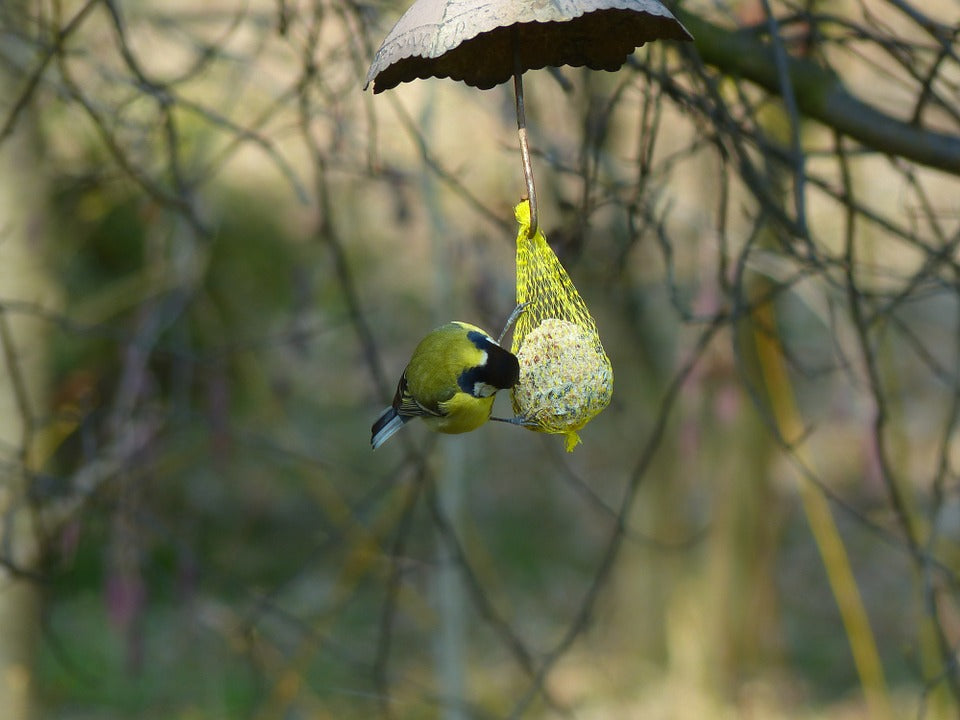Offer
Provide additional details about the offer you're running.
Provide additional details about the offer you're running.
Provide additional details about the offer you're running.

As seasoned birders, we all know the benefits either homemade or store-bought suet brings to our backyard birds. This type of feed gives our birds ample calories in a wide range of flavours and recipe styles and is particularly important during the summer months when many of our birds are nesting.
There is, however, some risk associated with utilizing suet in the heat of the dog days of summer. In addition to natural spoilage from extreme heat, suet also poses a threat to birds if and when the fat and oils come in contact with their feathers. This usually causes their natural insulation and waterproofing to break down and can be extremely detrimental if transferred to a brood of chicks.
Suet will typically begin to melt anywhere between 87-92 degrees Fahrenheit (in and around 30 degrees Celsius), but will often soften quite a bit leading up to those temperatures. In an attempt to curb this from happening and protect our birds, here are a few easy tips and tricks you can use to keep your suet in top form for your birds:
Scale it back
The less you offer the less risk. Perhaps the simplest approach is offering slightly less. Easily cut your suet in half or quarters depending on the traffic you receive on a daily or weekly basis. If you choose to go this route, be sure to keep a watchful eye and keep your feeders full. As we said, suet provides much-needed nutrition for your birds and they have come to rely on your feeders as a steady food source.
No-Melt Suet
Yes, it exists. Using additional ingredients like cornmeal and seeds, these no-melt suet’s are designed to simply raise the melting point of traditional suet recipes.
Freezing Suet
Perhaps the most popular option among birders in the summer months, placing your suet in the freezer will undoubtedly give your cake greater endurance when placed in the summer sun. The works wonderfully as the outer edges of the suet with naturally begin to soften allowing visiting birds to easily eat, but the centre will remain frozen, extending the life of the feed.
High Quality Blend